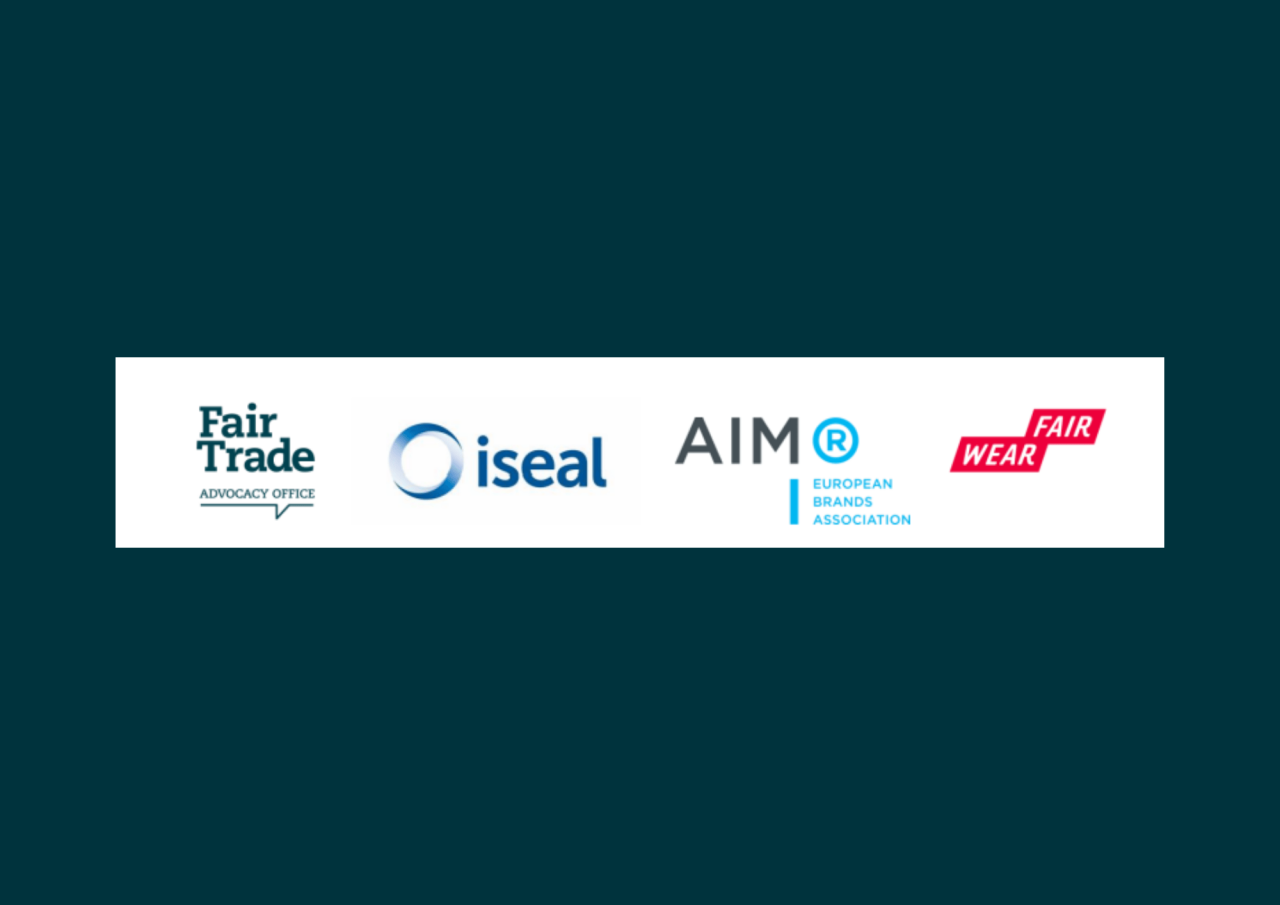How Can the New Competition Tool Help Bridge the Gap Between Sustainability and EU Competition Law?
While the Commission did not limit the scope of this initiative to any market at the outset, recent speeches by Executive Vice President Vestager appear to confirm that the NCT will be limited to digital markets: It will be launched alongside the ex-ante regulatory instrument of very large online platforms acting as gatekeepers, the two instruments together forming the Digital Markets Act (“DMA”).
This paper first discusses why, as opposed to a limited sectoral scope, a structure-based NCT with a horizontal scope would make the NCT “future-proof and effective”2 and could be an appropriate mechanism to solve various structural competition problems in the agrifood supply chains among other markets that the current competition law framework is unable to address. The second section proposes that an NCT with a digital scope could still help narrow the gap between EU competition law and sustainability. To that end, it highlights various existing and potential structural competition issues in the digital sphere
that should not be overlooked when designing the legal framework for the NCT. It also
explores the relationship between the NCT and the ex-ante regulatory mechanism.
More From The Workstream

Summary of Joint Response on the Horizontal Guidelines’ Chapter 9 - Sustainability Agreements by Fair Wear, ISEAL, AIM, and the Fair Trade Advocacy Office

Submission to the public consultation on the revision of the Block Exemption Regulations for horizontal cooperation agreements and the Horizontal Guidelines

Position on EU Competition Law: Cooperation Agreements for Sustainability
